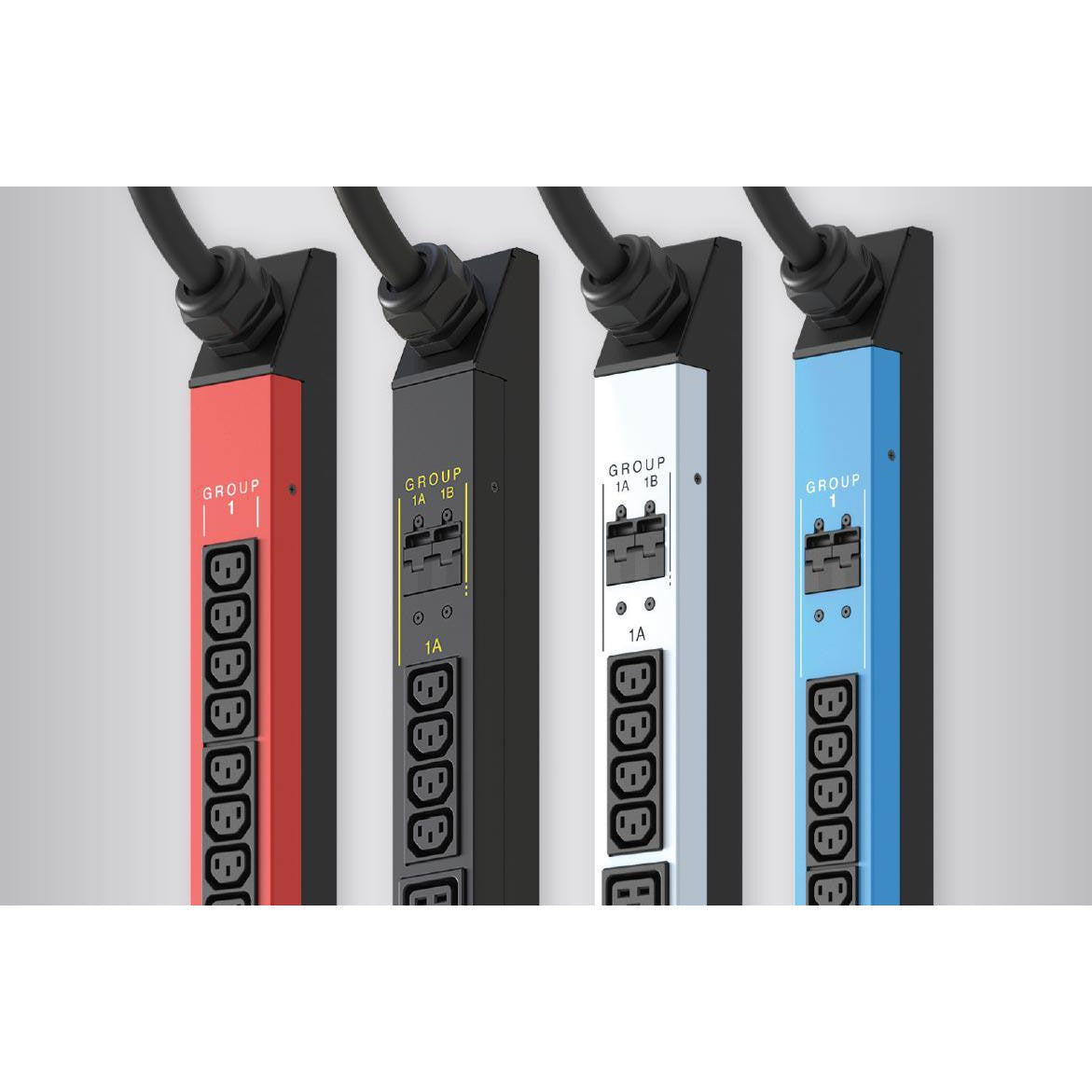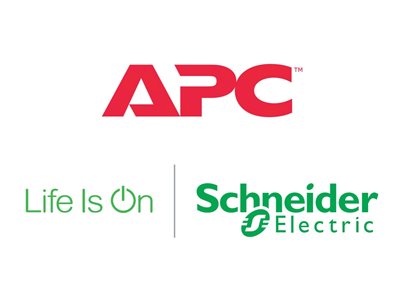A Comprehensive Guide to Buying the Right PDU (Power Distribution Unit)

In the complex landscape of IT infrastructure, Power Distribution Units (PDUs) play a crucial role in efficiently delivering power to servers, networking devices, and other hardware in data centers and network closets. However, with a vast array of PDUs available in the market, selecting the right one can be a daunting task. It's essential to choose a PDU that not only meets your current power distribution needs but also aligns with your future scalability plans. Here’s a guide to help you navigate the process of choosing the right PDU for your needs.
1. Understand Your Power Requirements
Calculate Power Load
- Determine the total power load of the equipment you will connect to the PDU. This is essential to ensure you select a PDU that can handle your power needs without being overloaded.
Plan for Future Growth
- Consider potential future expansions and select a PDU that can accommodate additional equipment as your needs grow.
2. Choose the Right Type of PDU
Basic PDUs
- Suitable for simple power distribution needs.
- They typically do not offer surge protection or remote management features.
Metered PDUs
- Offer the ability to monitor total power consumption, which is useful for managing energy efficiency and capacity planning.
Monitored PDUs
- Provide real-time remote monitoring of each outlet, helping you manage power consumption and prevent overloads.
Switched PDUs
- Allow you to remotely control individual outlets, enabling you to reboot devices and restrict unauthorized use.
Intelligent PDUs
- Combine the features of monitored and switched PDUs with additional capabilities like environmental monitoring.
3. Consider Form Factor and Installation
Rack Size
- Ensure the PDU fits your rack configuration. PDUs are available in various sizes and can be horizontally or vertically mounted.
Placement
- Consider where the PDU will be placed for optimal accessibility and cable management.
4. Evaluate Technical Specifications
Voltage and Amperage
- Select a PDU that matches the voltage and amperage requirements of your equipment.
Plug and Outlet Types
- Ensure the PDU has the right type and number of outlets to match your equipment’s plugs.
Cable Length
- Check that the PDU’s power cord is long enough to reach your power source.
5. Assess Network Connectivity Features
- For monitored and switched PDUs, consider the network connectivity options for remote management, such as Ethernet or Wi-Fi.
6. Look for Quality and Reliability
Build Quality
- A well-built PDU can withstand the rigors of a data center environment and provide reliable power distribution.
Warranty and Support
- Consider the warranty and the manufacturer’s customer support. A good warranty and reliable customer support can be invaluable.
7. Budget Considerations
- Balance the features you need with your available budget. Remember that investing in a more advanced PDU can lead to long-term savings in efficiency and management.
Conclusion
Selecting the right PDU requires careful consideration of your power distribution needs, the type of equipment you’re using, and your future scalability plans. By understanding these factors, you can make an informed decision that optimizes power management and enhances the overall efficiency of your IT infrastructure. Remember, a PDU is not just a power strip; it’s a critical component of your network’s backbone, ensuring that your equipment runs smoothly and reliably.







